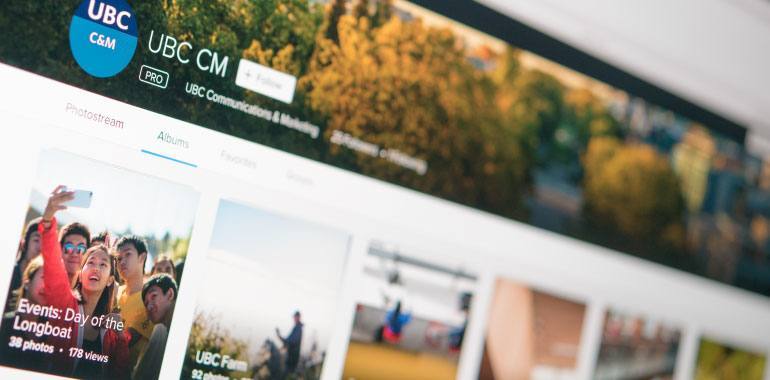Toolkit
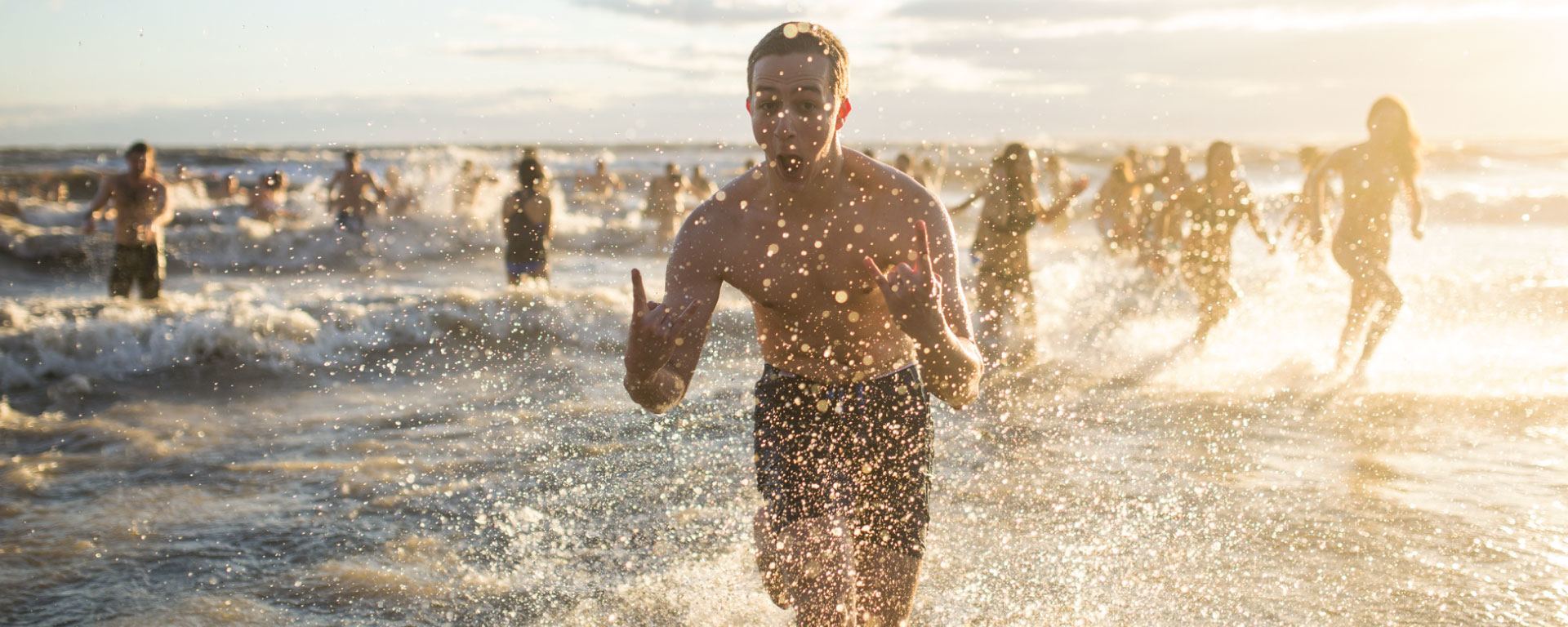
Photographs show the emotion behind every story. A strong photo stands out on a crowded web page or social media platform, and inspires the viewer to learn more. Our brand proposition is about our people, who they are and what they are doing to shape the future: our photos must reflect this. Inspirational photos of real people demonstrating a passion for their work or wearing a curious expression will bring our brand to life on any page. UBC photographs should share moments that stay with viewers and inspire them to think, question and learn.
Key Considerations
Key Considerations for Brand Photography
Does the photograph inspire, ignite curiosity or encourage sharing?

Look for an unexpected angle or viewpoint.
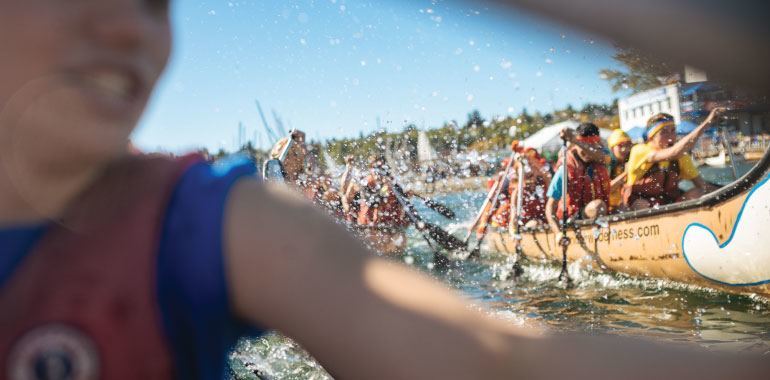
Capture activities or settings unique to UBC.
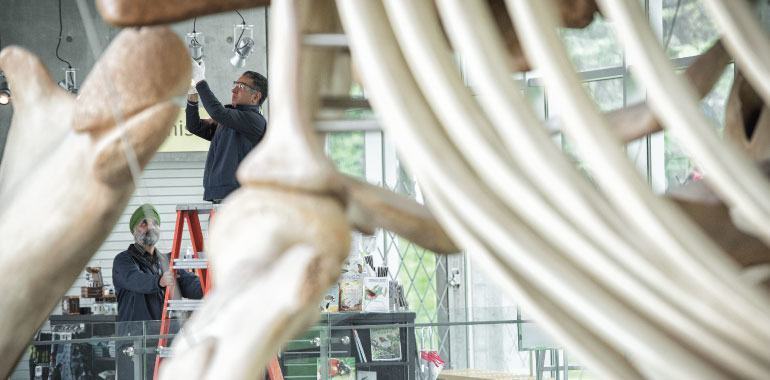
Have a strong focus that draws the viewer in.

Capture a natural, authentic moment that is never staged or posed.
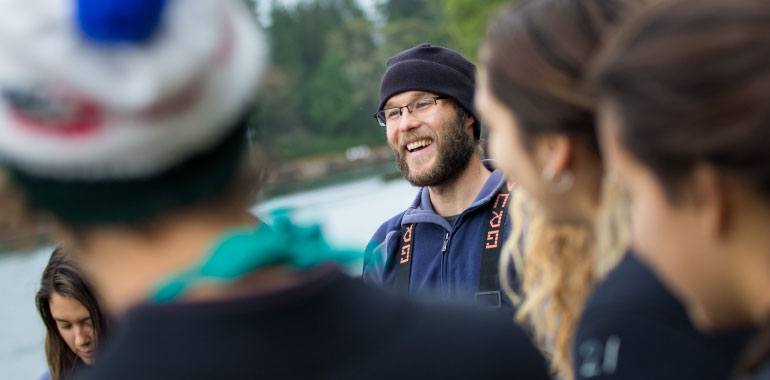
Full Guidelines
Full Guidelines
Project Planning Tips
Project Planning Tips
Think strategically. Here’s what we think works best.
Downloads
Downloads
Photo Library
Our photo library is an invaluable resource with hundreds of on-brand photographs available for non-commercial use on our Flickr site.
Guidelines for Respectful Image Usage
This guide offers practices and considerations to assist content producers working with images. It also addresses the appropriate use of Indigenous imagery.
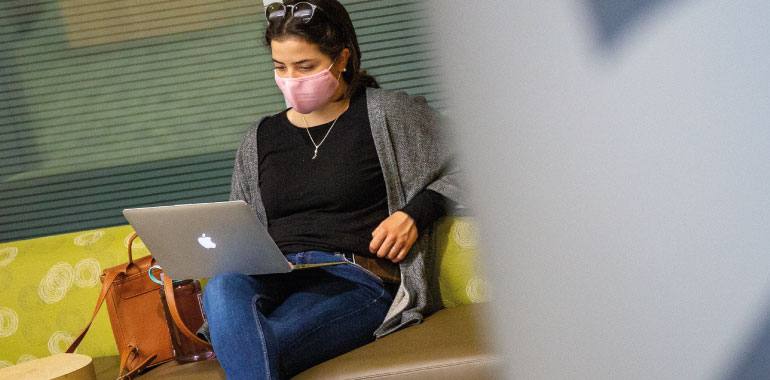
Consent and Planning Documents
Taking pictures of people? This consent to use of image form needs to be completed by all involved before the image can be published. More information about the process can be found in the FAQs.
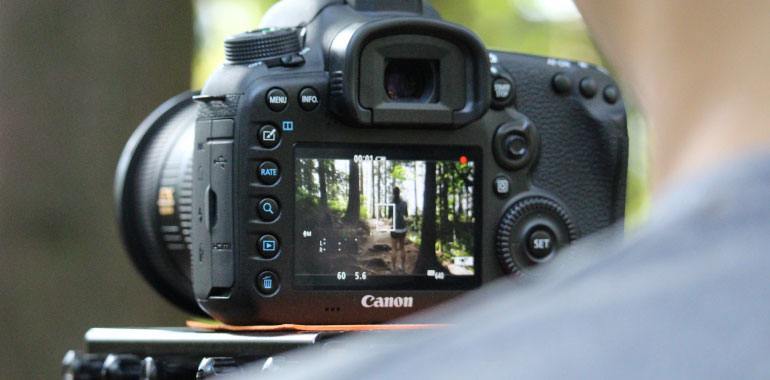
Using AI tools: Basic principles
This guide supports UBC communicators in using AI tools ethically, transparently and in alignment with UBC’s editorial standards.

Training
Training
Opportunities to gain new insights and communication skills, whether you are a new or seasoned communicator, are always available to you at UBC.
Upcoming Workshops
The Elements of Effective Photographs
Free
LinkedIn Learning courses are free for UBC faculty & staff. Sign up for free access here.
The course explores compositional elements that guide a viewer's eye, including the rule of thirds; leading lines, patterns, and curves; and depth of field. You will learn how to work with the natural light, and how to create simple lighting. Finally, you will gain tips on how to capture the essence or emotion of a subject or scene.
Contact Photographer
Contact Our Photographer
Brand and Marketing offers the UBC community high quality photography at very reasonable rates, including the work of award-winning university photographer Paul Joseph.
For booking details, advice, and current rates and fees, please download the Photography Booking Guide.
For further inquiries or to book a photography session, please contact us.
